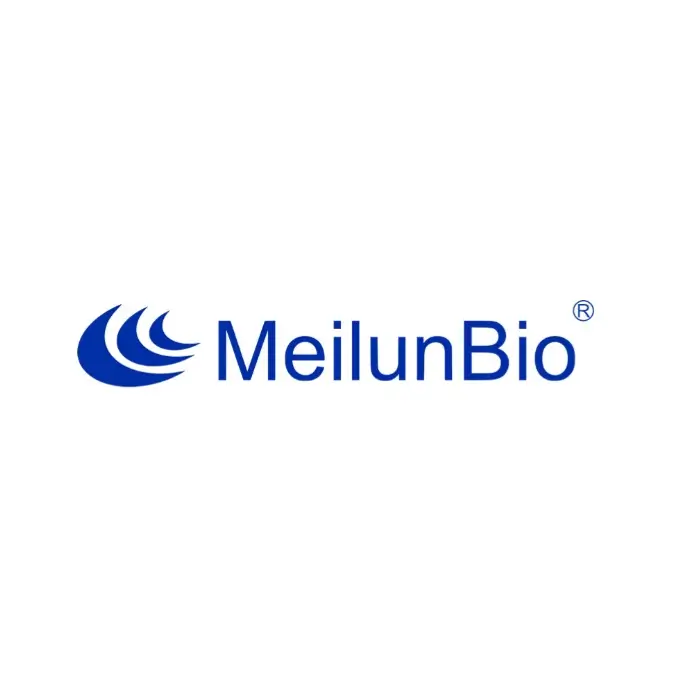| Source: | E.coli |
| Description: | Recombinant Human Interleukin-20 is produced by our E.coli expression system and the target gene encoding Leu25-Glu176 is expressed. |
| Accession: | Q9NYY1 |
| Known As: | Interleukin-20; IL-20; Cytokine Zcyto10; IL20; ZCYTO10 |
| Predicted Mol Mass: | 17.7 Kda |
| Apparent Mol Mass: | 17 KDa, reducing conditions |
| Endotoxin: | < 1 EU/µg as determined by LAL test. |
| Formulation: | Lyophilized from a 0.2 μm filtered solution of PBS, pH 7.4. |
| Reconstitution: | Always centrifuge tubes before opening.Do not mix by vortex or pipetting. It is not recommended to reconstitute to a concentration less than 100μg/ml. Dissolve the lyophilized protein in distilled water. Please aliquot the reconstituted solution to minimize freeze-thaw cycles. |
| Shipping: | The product is shipped at ambient temperature. Upon receipt, store it immediately at the temperature listed below. |
| Storage: | Lyophilized protein should be stored at ≤ -20°C, stable for one year after receipt. Reconstituted protein solution can be stored at 2-8°C for 2-7 days. Aliquots of reconstituted samples are stable at ≤ -20°C for 3 months. |
| Background: | Interleukin-20 (IL-20) is a member of the IL-10 family of regulatory cytokines that includes IL-10, IL-19, IL-20, IL-22, IL-24 and IL-26. Members of this family share partial homology in their amino acid sequences but they are dissimilar in their biological functions. IL-20 exhibits approximately 28% amino acid identity with IL-10 and 76% amino acid identity with mouse IL-20. There are two heterodimeric receptor complexes for IL-20. The first is composed of IL-20 Rα and IL-20 Rβ. The second is composed of IL-22 R and IL-20 Rβ. Whereas the IL-22 R/IL-20 Rβ complex is shared with IL-24, the IL-20 Rα/IL-20 Rβ complex is shared with both IL-19 and IL-24. IL-20 has been shown to initiate transduction cascades involving STAT3 and stimulates the induction of pro-inflammatory genes including TNF-α and MCP-1. Initial functional studies using transgenic mice suggest that IL-20 has the ability to regulate skin development. The over-expression of both human and mouse forms of IL-20 results in keratinocyte hyper-proliferation, abnormal epidermal differentiation, and neonatal lethality. In humans, IL-20 and its receptors are up-regulated in psoriatic skin, and polymorphisms in the IL-20 gene have been associated with plaque-type psoriasis. IL-20 may also have a role in hematopoiesis. It enhances the proliferation of multi-potential progenitors in vitro and increases their numbers and cell cycling status in IL-20 transgenic mice. IL-20 is also shown to suppress COX-2 and PGE2 and acts as an inhibitor of angiogenesis in model systems. |
重组人白介素20(IL-20)
¥1,600.00
规格: 10μg
英文名字:IL-20,Human;Recombinant Human Interleukin 20
质量标准:>95%,BR

